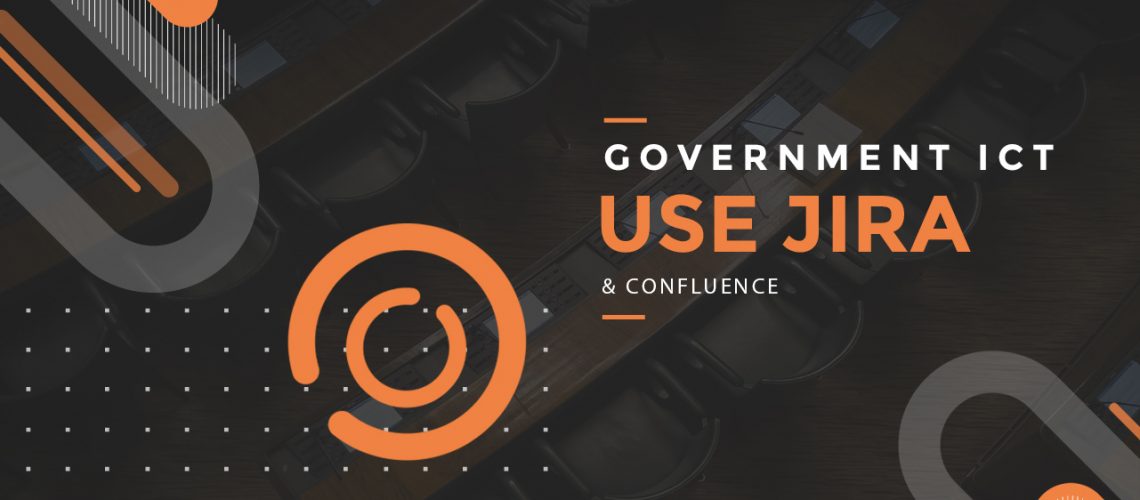
Gerald Tombs
Tech and Teamwork in Government ICT: How the Criminal Justice System Uses Jira & Confluence
- October 24, 2017
- , 1:21 pm
- , Uncategorized @en-us
ClearHub attended the recent Government ICT 2.0 event in London alongside Atlassian, where openness and teamwork were key themes of the day. This post takes a look at how the public sector uses technology to empower teams, and how the Criminal Justice System in particular is benefiting from Atlassian Jira and Confluence Data Center.
Many of the challenges faced by government and public sector organisations are unique. These organisations deal with highly sensitive information at a scale far beyond the majority of private businesses; this alone brings a series of challenges around security and data protection.
Like any organisation, though, government bodies are made up of teams of people. It’s not only important that the technology and tools being used are secure – they also need to empower those teams to work together, as in any business.
The value of people – both internal teams and external users – was apparent throughout the talks at Government ICT 2.0. Paul Brewer, Director for Digital & Resources at Adur & Worthing Councils, stressed this in his talk on digital transformation in local governments, where he identified design, people and technology as the three main pillars of digital transformation.
“Flexible technology and common capabilities are necessary to build end to end digital solutions. Team capabilities and human-centred design are key to a successful digital transformation, and new technology forms the foundation.”
– Paul Brewer, Director for Digital & Resources at Adur & Worthing Councils
Technology for teams
Your choice of IT is what facilitates digital delivery.
This was Paul Brewer’s message throughout his talk, and nowhere was this more clearly demonstrated than by the work of the Criminal Justice System. Mark Giles, Digital Operations Manager, and Carl Storey, PMO Planner, gave a presentation at Government ICT 2.0 on how HM Courts & Tribunals Service and Crown Prosecution Service are working together to establish the Criminal Justice System Common Platform:
To create a single (“common”) digital platform across the Criminal Justice System (CJS) based on user needs, unifying and transforming the criminal process.
Criminal Justice System Common Platform: The challenges
The planning and management of the development and delivery of a solution like this is not without challenges. These challenges broadly fit into those three pillars as outlined earlier by Paul Brewer.
People
The Common Platform is being built for a wide range of users, including those within government and the civil service, legal professionals, and members of the public.
This is why creating a “common” platform, whilst a challenge, was so important, to bring all these different areas together.
As Mark Giles said in his talk, “Tools are only productive if the policies, processes and people using them are effective as well.”
Tech and design
The challenge for the Criminal Justice System wasn’t just around choosing the right software for the planning and development of this platform. This was, of course, an important starting point – the legacy tools they had been using weren’t collaborative or flexible enough to meet the new requirements.
The other challenge was around the correct configuration and deployment of software. Not only did they need to guarantee high availability, but they needed to be able to guarantee the security of data and be able to meet regulatory requirements, and it needed to be designed with users first
The case for digital business change
At the beginning of this joint venture, HMCTS and CPS were using tools like Word, Excel, email, and shared drives. This would often mean it was difficult to achieve a good level of visibility over work, particularly with two departments now working together. These tools were often high maintenance, difficult to access, and information often ended up out of date. It meant that to create the reports that senior management required, it was a time consuming and very manual process.
It was time for a newer, more agile solution – one that would empower change across business teams, not just in IT.
Atlassian Jira and Confluence: A single source of truth
In adopting Atlassian Jira Software and Confluence to manage the development of the Common Platform, the Criminal Justice System was able to provide one single source of truth thanks to the close integrations between the two.
Confluence, for example, aids daily phone calls between teams, acting as a hub for relevant information. Participants in disparate teams can access this page, and it brings together links, discussion points, related Jira tickets.
Jira tickets, meanwhile, act as a way of tracking not just tasks, but assets, risks, actions, dependencies, and even the people on different programs.
By moving work to Jira and Confluence and taking advantage of the close integration between the two tools, the Criminal Justice System was able to achieve a much higher level of visibility. This, combined with the flexibility of these tools, helped considerably in efforts to break down the silos between teams and aid collaboration.
Migrating from Atlassian Cloud to Atlassian Data Center
Atlassian Data Center
The Criminal Justice System knew from this first stage of the project that Jira and Confluence were the right tools – but what about the setup?
When considering this, the Criminal Justice System elected to migrate from Atlassian Cloud to an Atlassian Data Center deployment for a number of reasons.
Data storage and privacy – government directive to host data within the EU
Increased functionality – Atlassian Data Center offers more functionality than Cloud software
Resilience – Atlassian Data Center offers high availability and zero downtime upgrades
The migration from Atlassian Cloud to Data Center was a large scale project for the Criminal Justice System, so they worked with Clearvision to design and implement the project as smoothly as possible.
As an Atlassian Platinum Solution Partner, Clearvision’s consultants are experts in digital migration. Our teams are more than familiar with the requirements and regulations of government IT, as one of the first Atlassian Partners to be listed on the G-Cloud digital marketplace. We were able to work closely with the Criminal Justice System to understand not only how they currently use Jira and Confluence, but how they need the software to perform moving forward.
“Clearvision’s onsite presence, technical skills and calmness proved invaluable for a quick migration with minimal disruption.”
– Mark Giles, Digital Operations Manager, HMCTS
The migration was a success:
Users logged off at 4pm on Friday and back on at 8am on Monday
Opportunity to move to Azure hosting and review Atlassian apps with Clearvision
Confirmation testing took place on the Sunday evening, leading the most issues being resolved
Delivery continued with many users unaware any maintenance had taken place!
Post-migration timeline
Six problems by 15th June (largely due to firewall settings)
Just two problems by 30th June
0 problems at the end of July
The results
Thanks to having the right tools, policies, processes and people in place, the Criminal Justice System has seen a number of tangible benefits.
Single source of truth
Easy to configure, change and improve
User friendly
Identifies bottlenecks
Encourages collaboration
Drives quality
That combination of the right people, processes and tools was invaluable.
We know that the management, development and delivery of any digital solution is complex. When it comes to government ICT, this is more true than ever.
The Criminal Justice System was able to achieve the above results by leveraging the help of Clearvision’s consultants. As the longest-accredited Atlassian Solution Partner on G-Cloud, Clearvision has been delivering specialist services to the public sector through the G-Cloud framework since 2013.
Browse our offerings on G-Cloud or get in touch to discuss how we can help your teams with a successful digital transformation.



